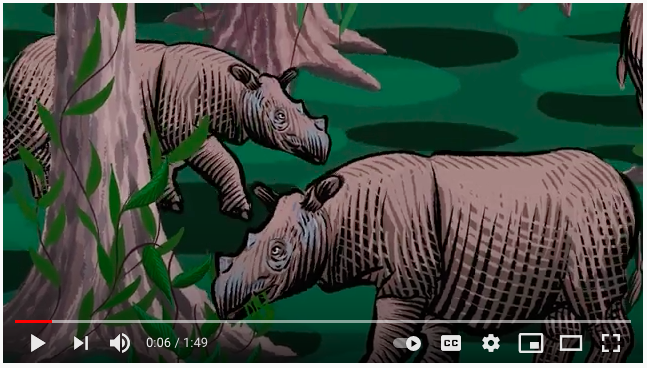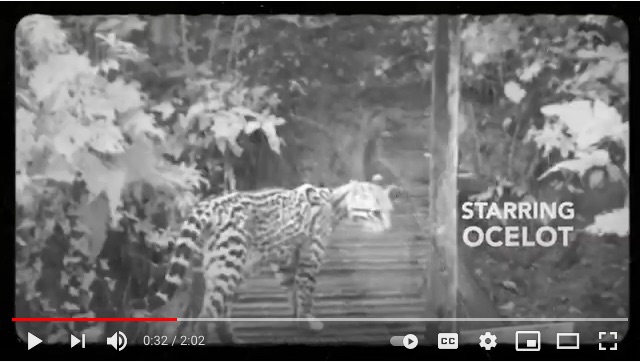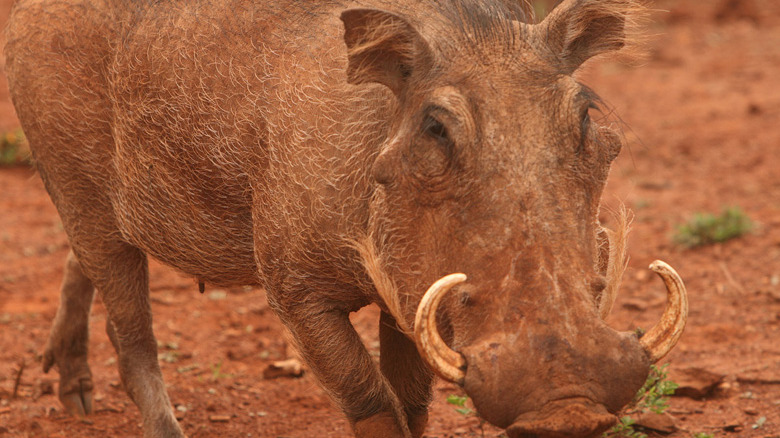What is the world’s biggest anteater?
Answer: The giant anteater is the largest of the 4 living species of anteaters.
Check out this episode of Candid Animal Cam to learn some facts about this amazing insectivore!
Candid Animal Cam is hosted by Romi Castagnino.
Some giant anteater facts
- Scientific name: Myrmecophaga tridactyla.
- Where they live: Giant anteaters are native to Central and South America. They live in forests, savannas and grasslands.
- They are the world’s biggest anteaters! Total body length (including the tail): 6-7 feet (1.8-2.2 meters).
- Giant anteaters have dense fur and bushy tails to keep them warm on cold nights.
- Giant anteaters can climb and swim.
- They can run at speeds of over 30 miles (48 km) per hour.
- Giant anteaters are insectivores, meaning that they eat insects.
- They have a terrific sense of smell to help them find their food, which includes ants and termites.
- A giant anteater needs to eat LOTS of insects to meet its energy needs. In fact, they can eat up to 30,000 insects a day.
- A giant anteater can flick its tongue super fast when it eats (more than twice per second).
- Giant anteaters are solitary. That means that they mostly live alone, unless they are mating or the mother anteater is caring for her young.
Comprehension questions
- What does the host Romi mean when she says that giant anteaters use a “lightning strike” feeding tactic? And why do giant anteaters use this type of feeding behavior?
- Which animal has the lowest body temperature of all placental mammals?
- How do giant anteaters defend themselves if they feel threatened?
- Which big cat is the giant anteater powerful enough to kill?
Giant anteater pics
A giant anteater in Bolivia – look at those claws!

Isn’t it beautiful?

Activity: giant anteater art
Draw, paint, sculpt or craft a giant anteater. Here are a few ideas to help you get creative:
- a giant anteater trying to stay warm on a cold night
- a giant anteater defending itself against a jaguar
- a giant anteater flicking its tongue to catch termites
- a giant anteater caring for its baby
Host Romi Castagnino thanks the Rewilding Argentina Foundation, with special thanks to naturalist Augusto Distel.






